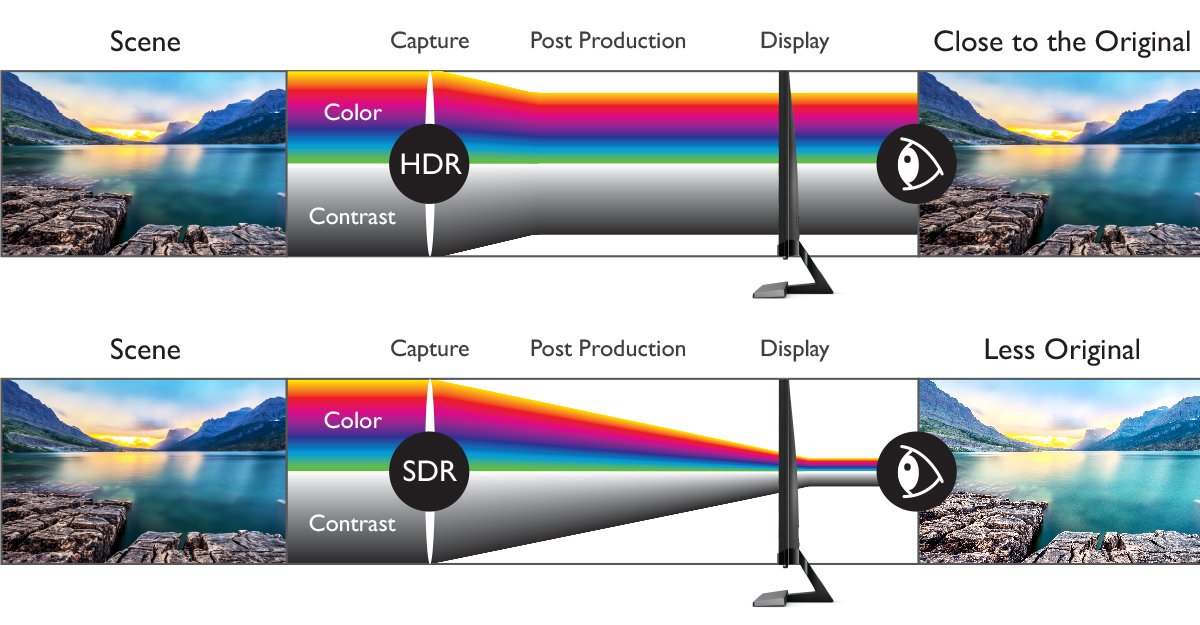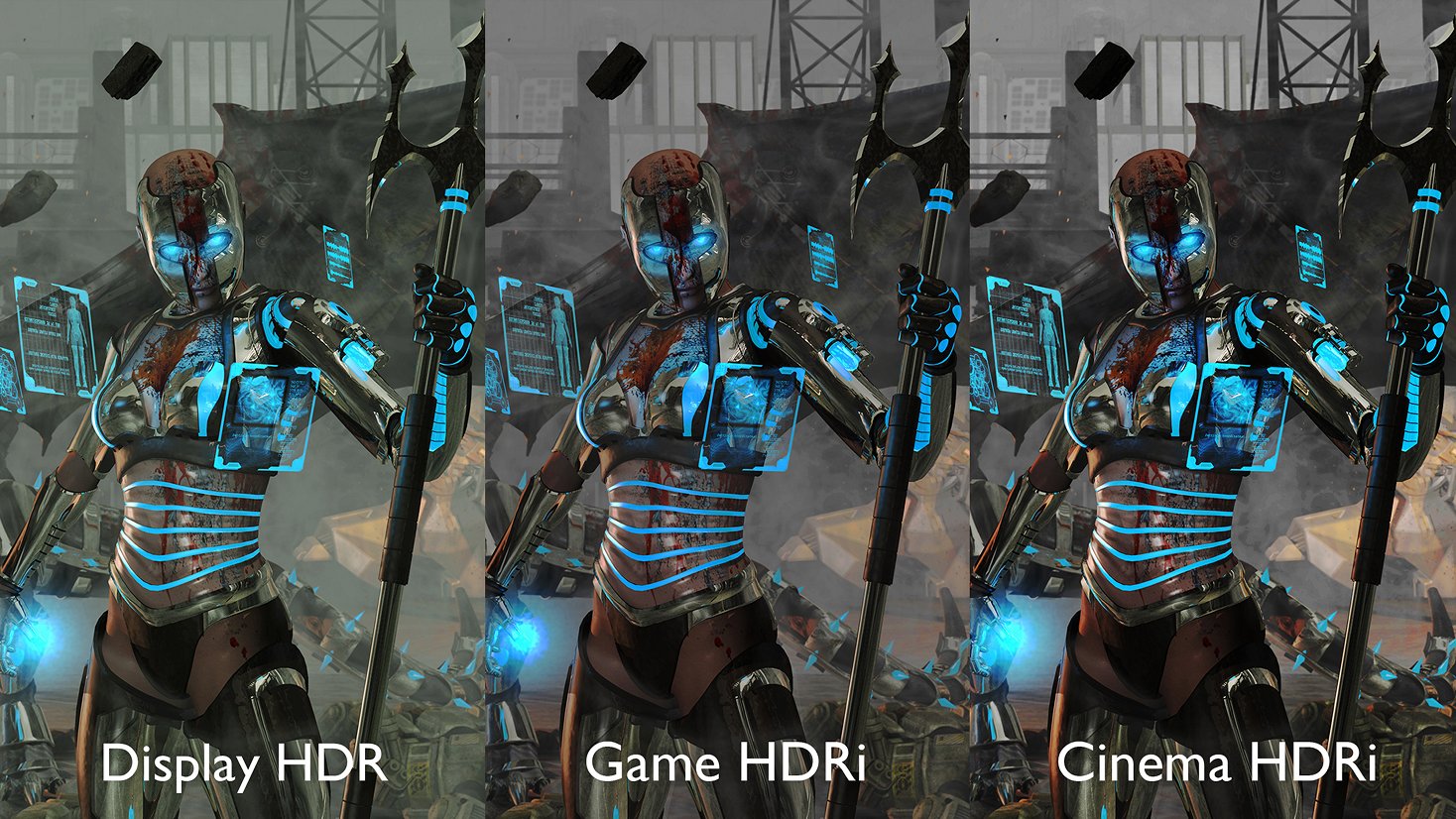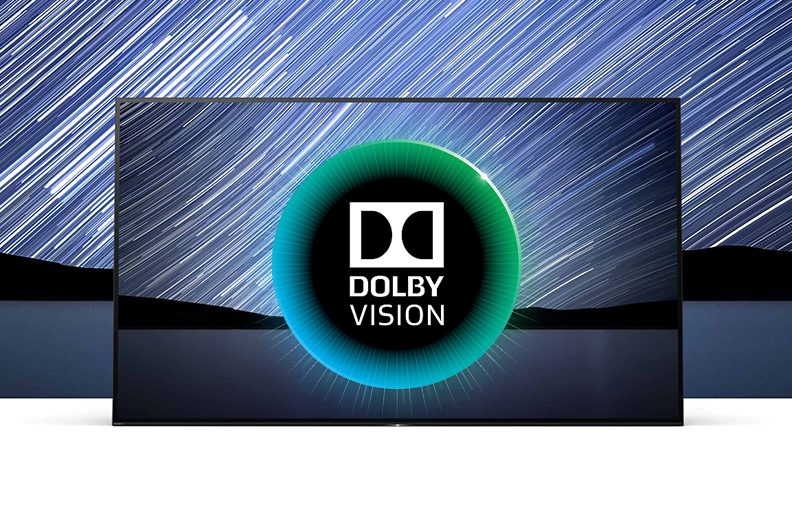Last Updated on 2 years by On Trends Gear
It may be challenging to navigate the TV landscape since there is so much terminology and technology to become familiar with.
HDR, QLED, and 4K are three technologies that are sometimes mistaken with one another.
How do they differ? What are their similarities?
Let’s read this post to find out all you need to know about these three display possibilities.
Table of Contents
What is HDR?

High Dynamic Range, or HDR for short, is a technique that aims to replicate the actual world in pictures as precisely as possible.
High dynamic range (HDR) is used in photography and screen-related fields.
Devices with HDR employ a greater spectrum of colors, brighter spots for light, and darker blacks for shades to create images that are as genuine as possible.
All of these factors, together with contrast ratios that are far more evenly distributed, help images appear more accurate and realistic—that is, more like what the human eye would perceive in the actual world.
Different HDR Format

HDR10
HDR10 is the standard used by most HDR TVs. HDR10 is likely on a 4K Ultra-HD Blu-ray labeled “HDR.”
Because of this, HDR10 is now a compatibility mode for most modern TVs.
HDR10 content is optimized for peak brightness of 1,000 nits.
It uses static information to ensure that the maximum brightness and average frame light levels are constant across scenarios.
Even though HDR10 is just a basic HDR standard, it may appear superior to SDR.
HDR10 Plus
HDR10+ is an additional open standard developed by Samsung and Amazon Video.
HDR10 is enhanced with dynamic metadata, which permits brightness modification per scene or frame by frame.
HDR10+-mastered content has a 4,000 nit max. Dynamic metadata is used to maintain highlight and shadow detail.
Similar to HDR10, HDR10+ ignores the device’s capabilities. Dolby Vision standards provide an answer to this issue.
When situations demand more than displays can handle, displays decide how to tone-map pictures. It relies on the screen.
Hybrid Log-Gamma (HLG)
BBC UK and NHK Public Japan established the hybrid log-gamma (HLG) open-broadcast format.
This broadcast-compliant format offers HDR video and is backward compatible. As with HDR10, HLG seeks 1,000 nits of peak brightness.
Since broadcasts must suit various devices with different capabilities, HDR broadcasts must look good on older SDR screens.
HLG delivers a signal that preserves prior technologies while increasing HDR TV dynamic range.
Dolby Vision

Although identical in technology, Dolby Vision competes with HDR10+. The brightness of Dolby Vision material is up to 4,000 nits.
Future support will enable 10,000 nits, 8K resolution, and 12-bit color.
Dynamic metadata is used to modify scenes to improve image quality.
Dolby Vision outperforms HDR10+ because it considers display capabilities while delivering content.
This can result in a viewing experience that is more consistent with the artist’s ideas, regardless of how bright or dark the display is.
What is QLED in TV – How Does a QLED TV Work?
The quantum dot light-emitting diode is abbreviated as QLED. A QLED label indicates that your TV resembles an ordinary LED TV.
It is distinct due to the integrated QLED technology with a quantum dot layer.
The critical thing to remember is that it dramatically improves display quality, including image brightness and color.
The LED panel light on every QLED display TV mostly passes via a quantum dot screen before arriving at the LCD or liquid-crystal display on the front screen of the TV,
where it transforms into remarkably identifiable pictures.
What is 4K in TV
A TV set with 4K resolution is called a 4K TV.
This indicates that the TV has 2,160 vertical and 3,840 horizontal pixels, for around 8.3 million pixels.
Resolutions for 4K TVs are often displayed as “3840 x 2160” on TV device specs.
The term “resolution” describes how closely together these little dots, or pixels, are arranged on the screen.
The image you see on the screen is composed of individual pixels; thus, the more pixels there are, the better the resolution.
The “K” in 4K stands for Kilo (1000), denoting a television with a 4,000-pixel horizontal resolution.
Similarities Between HDR vs QLED vs 4K
All three technologies—HDR, QLED, and 4K—aim to improve the picture quality on a screen.
HDR improves the colors and brightness, which makes the picture look better.
QLED makes colors more accurate, clarity better, and light better. 4K has more detail because it has more pixels.
Another thing that HDR, QLED, and 4K have in common is that they are not competitive standards.
They are different, but they can work together in the same gadget.
Almost all QLED TVs come with a built-in HDR. HDR is built into all 4K TVs.
Difference Between HDR vs QLED vs 4K

| HDR | QLED | 4K |
| It stands for High Dynamic Range. | It needs a regular LCD screen with Light-emitting Quantum dot pixels | It refers to the number of pixels that a screen can hold. |
| Color gamut and brightness range are more comprehensive than the Standard Dynamic Range (SDR). | It makes colors and brightness that are better than the standard | Used in place of Ultra HD (UHD). It refers to the screen’s horizontal size, around 4,000 pixels. |
| The available content is restricted compared to 4K. | Nearly every QLED TV has integrated HDR technology. | From the source to the show, everything needs to be 4K-compatible: the TV, streaming device, set-top box or Blu-ray player, and HDMI cord. |
| You don’t have to pay extra since HDR is usually built into 4K and QLED TVs. | A bit more expensive | Generally more affordable |
Is QLED Better Than Any Other Monitor That Has HDR
HDR and QLED are two very different technologies. HDR is a graphic improvement added to media, while QLED is hardware.
It’s not fair to compare them. Almost all QLED TVs come with a built-in HDR.
HDR is built into all 4K TVs. Nearly all TVs in the last five years can handle HDR.
Conclusion
That concludes our discussion of HDR, QLED, and 4K. We hope this has clarified the differences between 4K, QLED, and HDR.
In conclusion, it is inappropriate to compare QLED with HDR because they are entirely unrelated.
Nearly every QLED TV has some sort of HDR capability.
Give your decision some thought before making it. For the best decision, pay close attention to all of the factors.
Continue reading; HDMI STB VS DVI – Similarities and Difference Comparison
Discover more from On Trend Gear
Subscribe to get the latest posts sent to your email.